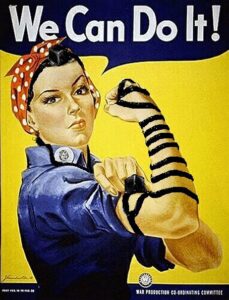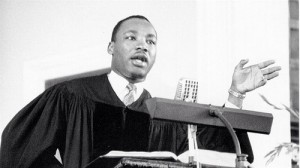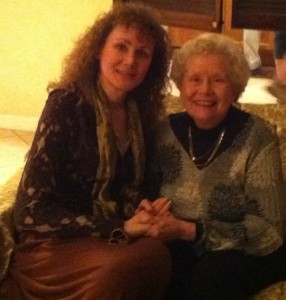 Somebody who became an ordained Rabbi via our seminary sent me the following.
Somebody who became an ordained Rabbi via our seminary sent me the following.
It’s Okay. Don’t Cry for Us Israelis
By Naomi Ragen
I’m sitting here in Jerusalem after a week of heartbreak over three murdered teens, followed by two weeks of sirens, bomb blasts, and finally, the funerals of young IDF soldiers, of whom one-third are students who should be taking their final exams, instead of risking their lives. I’m reading on the internet about what a horrible person I am as an Israeli and as a Jew, and what a terrible, immoral country I live in.
All this criticism comes mainly from the European press: The Guardian, the BBC, papers in Italy, Norway, France, and don’t forget America: The New York Times, CNN. And I’m thinking: Gee, the British should understand. After all, they lived through the blitz, Nazis raining bombs indiscriminately down on them, the way Hamas is raining bombs down on us. And when the brave pilots of the RAF aimed their bombs at Dresden killing 300,000 men, women and children, they didn’t throw down leaflets telling people to politely evacuate; didn’t send their soldiers to knock on doors to see if they’d followed the leaflets instructions (as CNN complained Israel failed to do at an UNRWA school, which was possibly hit by a Hamas rocket that didn’t make it out of Gaza to Israel, anyway.)
And I think of the rest of Europe, who rounded up our grandparents and
great-grandparents, and relatives –men, women and children—and sent them off to be gassed, no questions asked. And I think: They are now the moral arbiters of the free world? They are telling the descendants of the people they murdered how to behave when other anti-Semites want to kill them?
As for Americans, represented by the New York Times, that bastion of high-minded hypocrisy and mediocre journalism parading as the “newspaper of record,†one has only to read the article by Professor Auerbach in the New York Observer (Two Weeks of Shallow, Facile Moral Equivalency From the New York Times) to see how Jodi Rudoren and other Times apparatchiks have learned to close their minds and love Hamas. After all, there are CHILDREN DYING. It doesn’t matter that the Palestinians have educated an entire generation to be little Nazi-wannabes, who worship death and hate Jews, murdering their souls, and are now callously putting their bodies in harm’s way to use for touching photo ops. We shouldn’t be shocked by this omission by the Times. After all, The New York Times was one of the last news outlets to bring to the attention of the reading public the Nazi atrocities in Europe. Read the Times during the nightmare years, and see if you can’t find a pattern here.
And so, as an Israeli, brought up with Jewish values, and an American, taught to love freedom, justice, democracy and fair play, I have to tell all of you — Europeans, Americans, and last of all Muslim terrorist sympathizers and barbarians — that what you are saying no longer moves anyone of good moral judgment and intelligence. The current crisis in Gaza is so morally clear-cut, so absolutely a case of self-defense, that I must say to you, as someone finally said to Senator McCarthy: “Sir, have you no shame?â€
I prefer that you — writers of these lies and libels — hate me and my country, if it means that you can save your tears for other people’s dead. We aren’t greedy for sympathy. After all, we got so much after the Holocaust, we prefer other people to have their share now. These days, we prefer to live, rather than have people cry over us and the injustices done to us.
So by all means, cry for the Palestinian people – men women and children- whose duly elected leadership has callously left them without protection from just retribution for Hamas’ terrorist crimes. Who took the Gazans’ aid money and are living in Qatar in five star hotels building shopping centers for themselves. Who built terrorist tunnels under the Gazans’ homes, mosques, hospitals and schools, and recruited the sons of Gaza to die for Allah, while the Hamas militants sit in bunkers waiting for the U.N. to rescue them.
Don’t cry for us, or our families, or our children, or grandchildren. Not this time. Not ever. Not if we can help it. Because this time, thank God, we have a country. We are armed. This time, with God’s help, we know how to protect ourselves from Nazis and their high-minded media cheerleaders.
I would like to end this with an expletive and a hand gesture towards the
people I’m addressing. Please choose one you think would be fitting. I can
think of many.
Naomi Ragen




